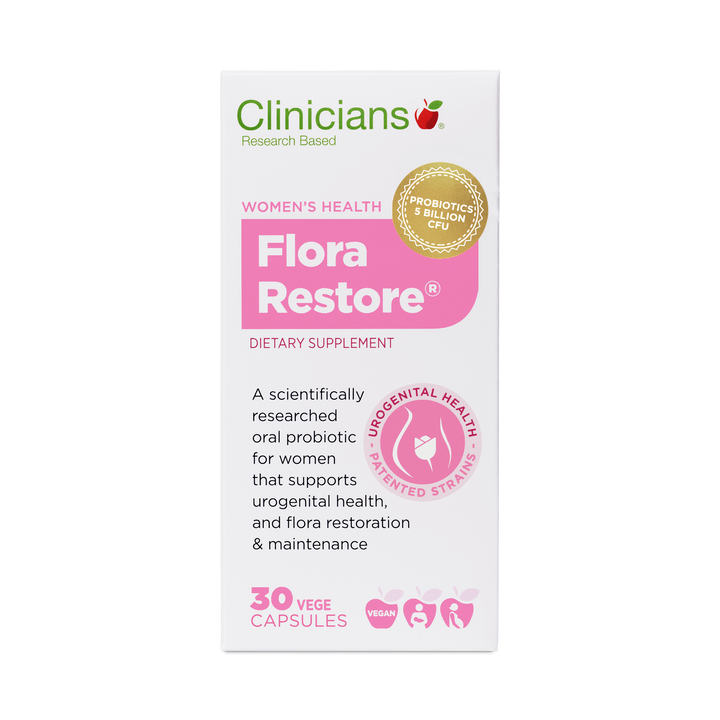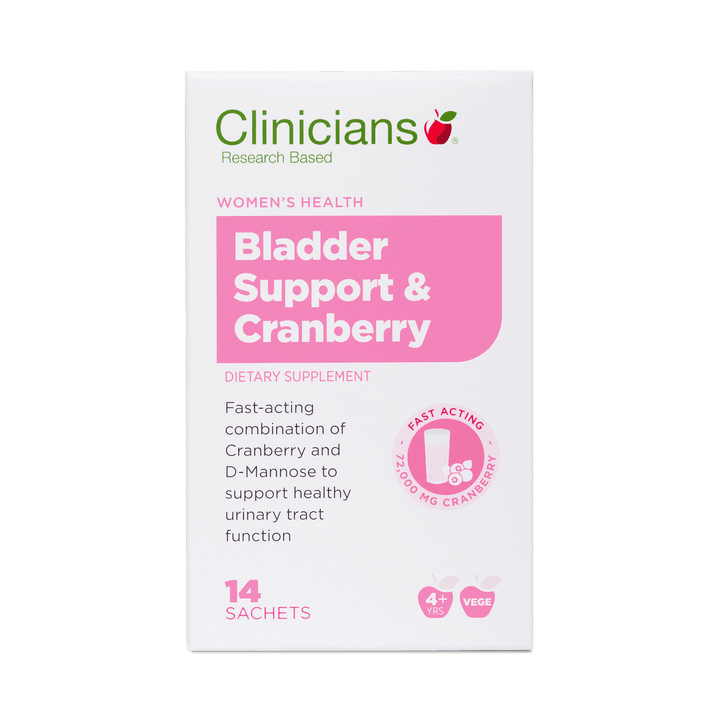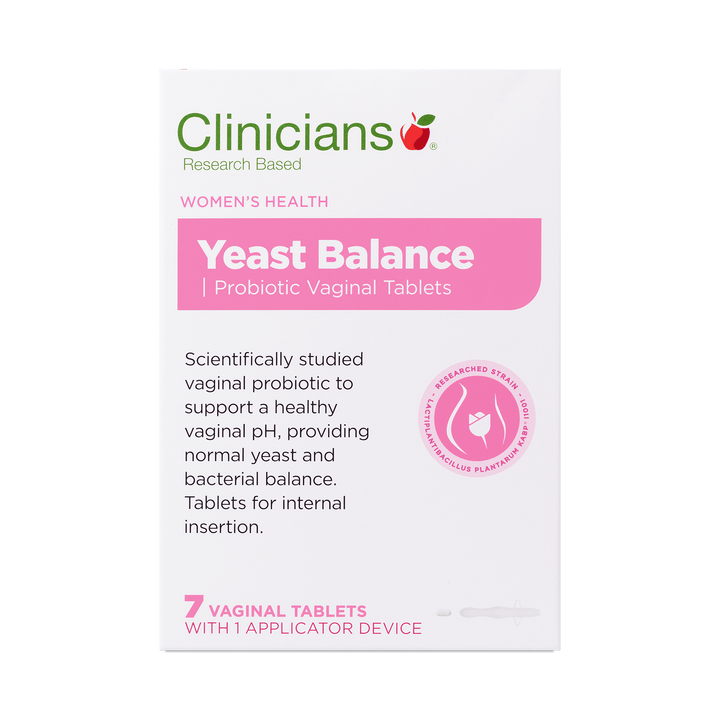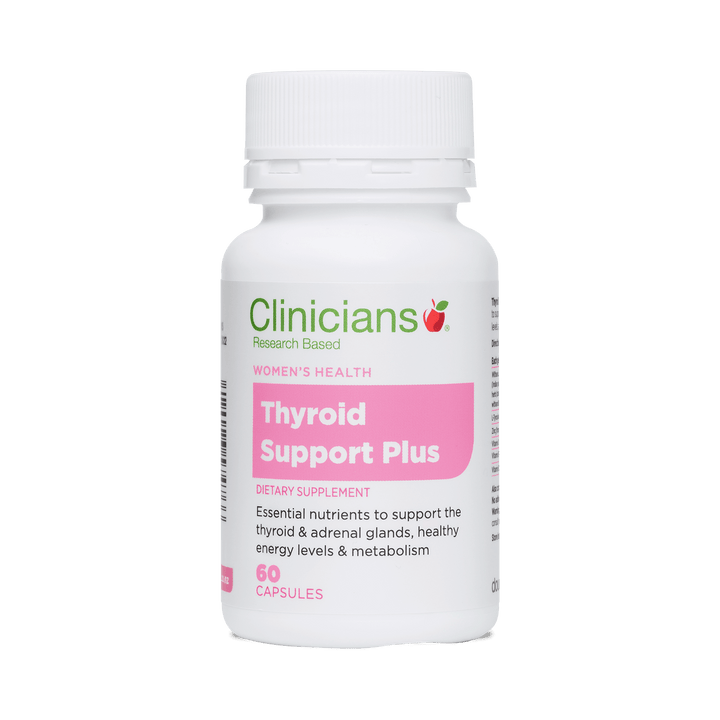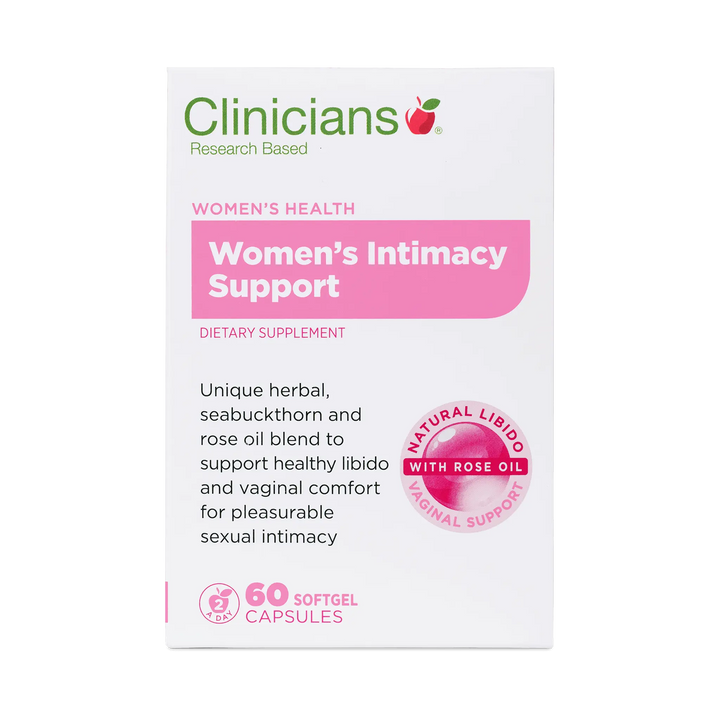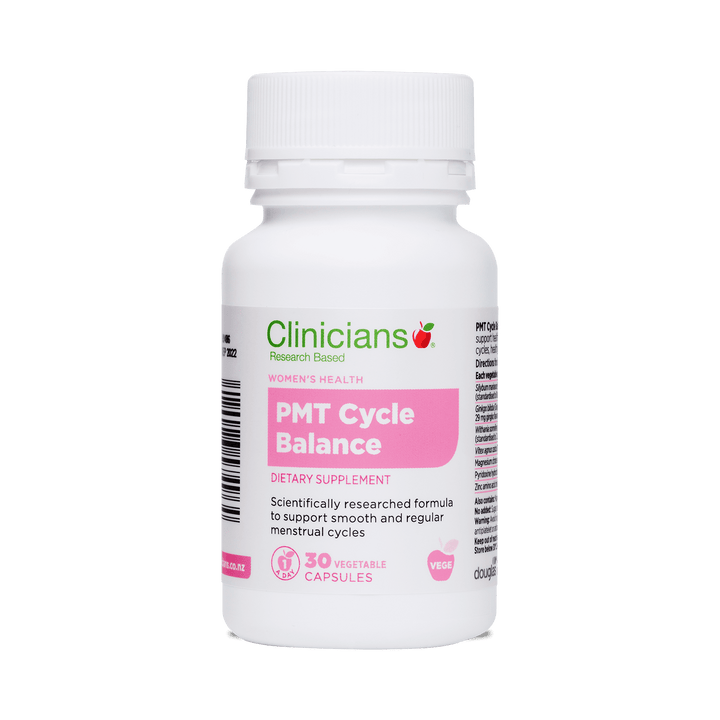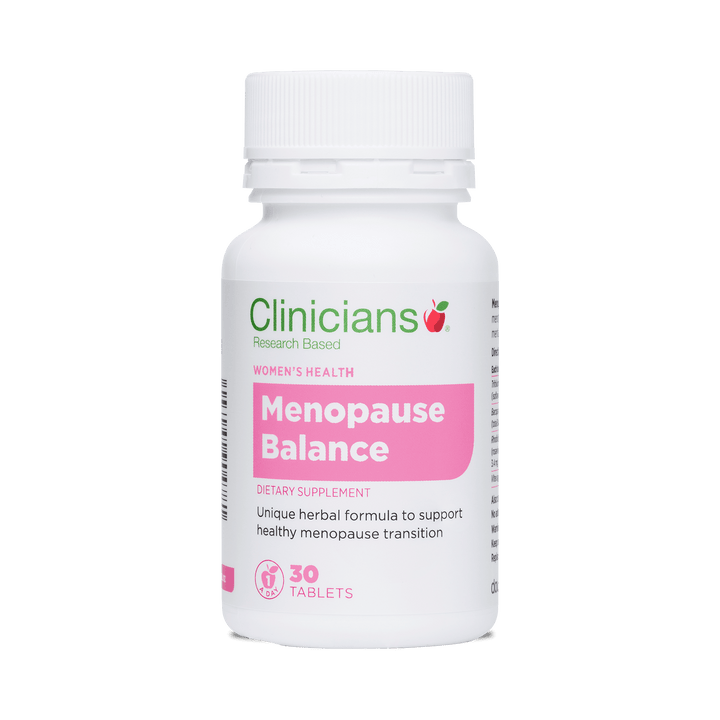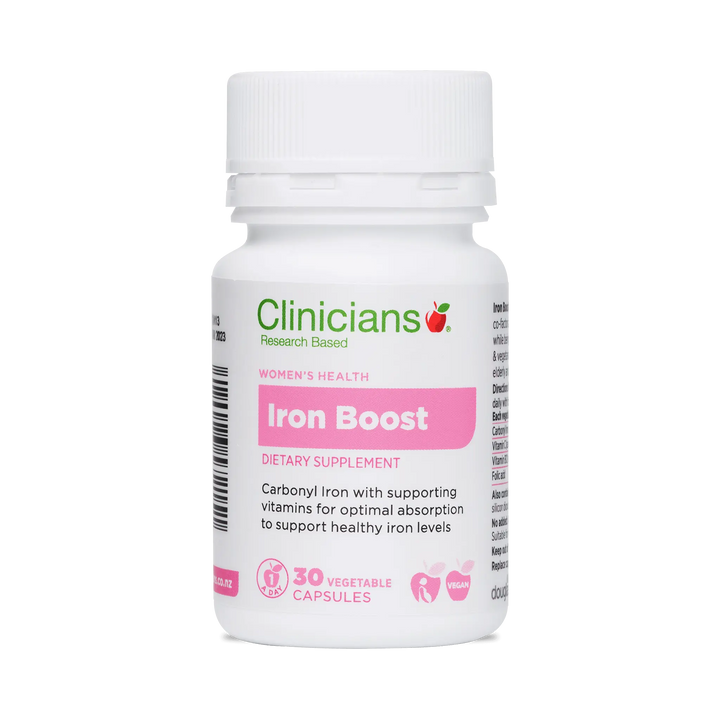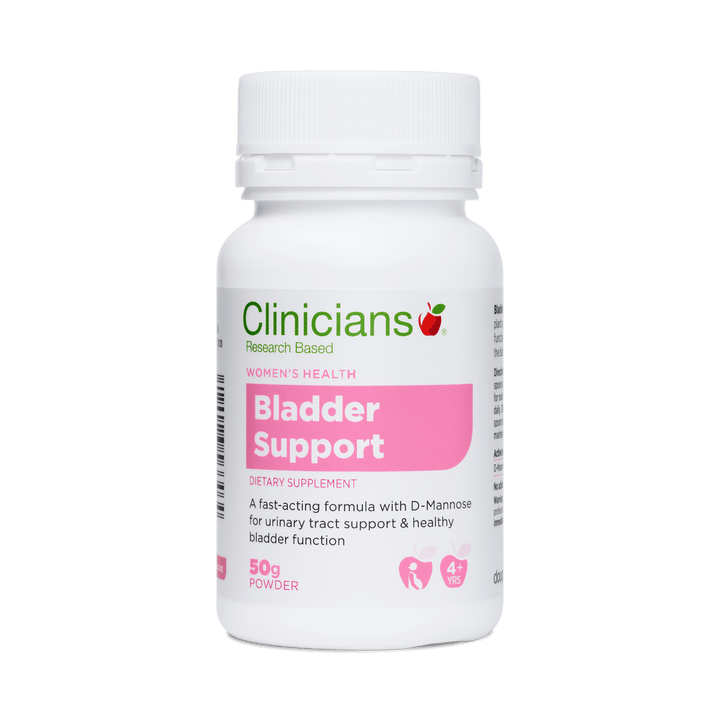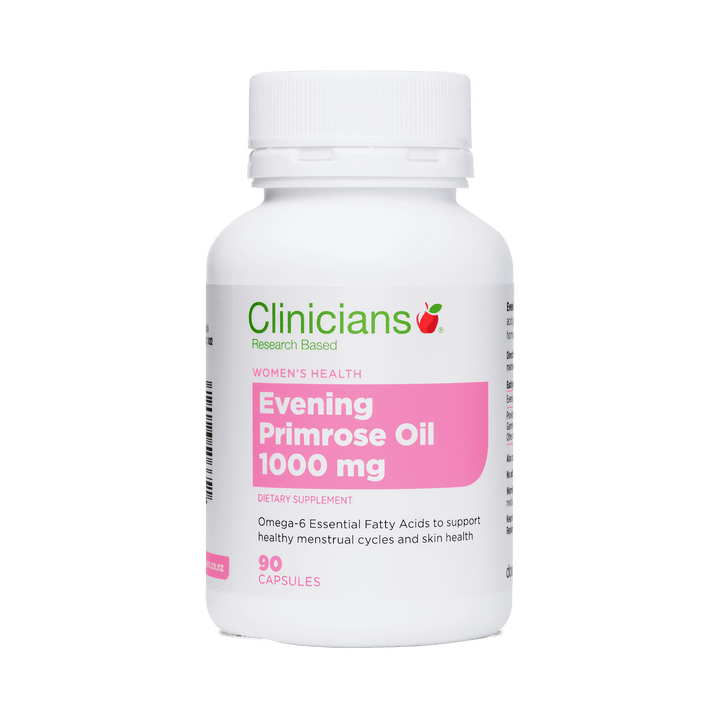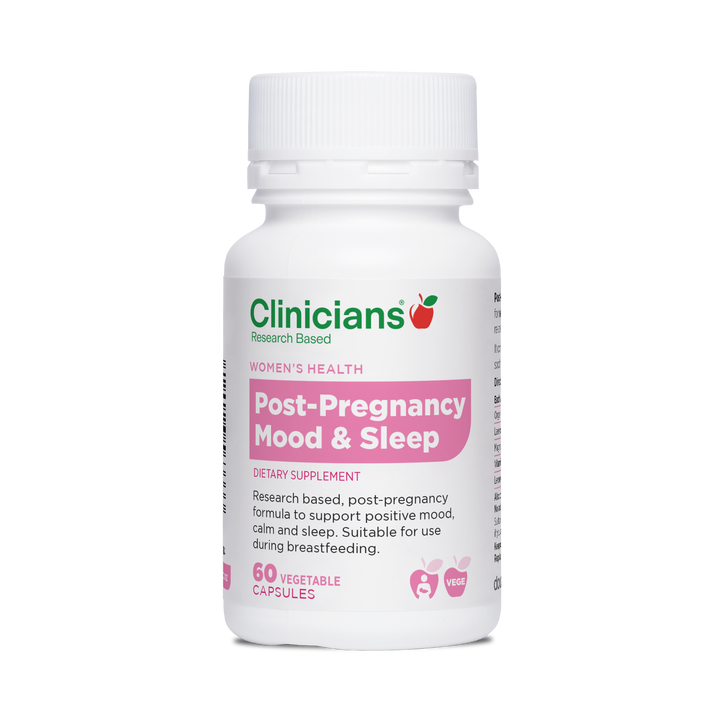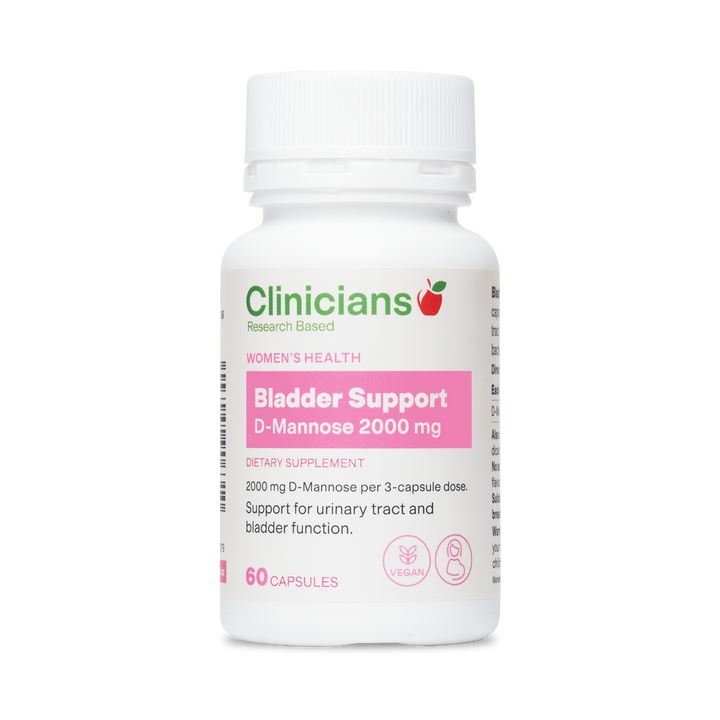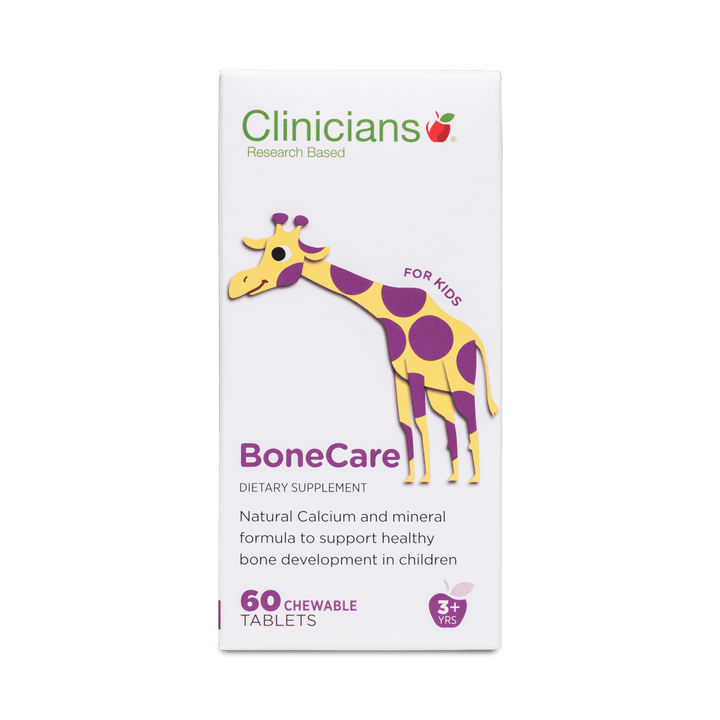Menstrual discomfort, also known as dysmenorrhea, is a common issue for many women. In fact, studies show that over 80% of us have symptoms varying from mild to severe1. Problems usually start around 6-12 months after girls start their periods and on average peak around the age of 20 - 24.
Are some women more likely to struggle with period discomfort?
There seems to be an increased likelihood of having issues if:
- You started your periods at a young age (less than 12 years)
- Have longer periods (7 days)
- Other female family members have bad periods
- You have heavy periods
What are the symptoms?
There are a number of areas where women may experience discomfort. Often for many women, cramps are just on the first day but for others, it could be two to three days. Symptoms can include:
- Aching, heaviness or cramping sensation around the pelvis. This can be constant or come in waves
- Aching lower back and legs
- Nausea. This tends to be an issue for women with severe discomfort
- Loose bowels
What causes period cramps?
The start of our period is triggered by a drop in our hormone progesterone; a hormone which then increases in the second half of our menstrual cycles. Progesterone holds the uterine lining in place, so when levels drop this triggers the shedding of the uterine lining, which causes our bleeding. It also triggers an increase in a natural chemical known as prostaglandin. Created in the lining of the uterus, prostaglandins cause the muscles and blood vessels of the uterus to contract, which then leads to cramps. They also cause inflammation in the local area leading to congestion.
There are other medical conditions that cause structural changes in the uterus that can lead to more severe discomfort such as uterine fibroids, pelvic inflammatory disease and endometriosis.
Coping with cramps
There are some simple things you can do to help ease discomfort.
- Cuddling up with a hot water bottle
- A warm bath can help to relax the muscles. Try putting a cup of Epsom salts in the bath, as the magnesium in them can also help with muscle relaxation
- Massaging the pelvis or lower back can help improve circulation and muscle relaxation. Rubbing in some essential oils can have a warming or relaxing quality. Try ginger, rosemary, peppermint, clary sage or lavender.
How can we have better monthly cycles?
Lifestyle tips
- Limit fats like fried/processed foods and saturated fats like dairy/red meat, as they create proinflammatory prostaglandins that increase discomfort.
- Increase your good fats as they are anti-inflammatory. Examples of good fats are avocados, olive oil, nuts, seeds and fish.
- Make sure that exercise is a part of your daily routine. Research has found that women who do some form of regular exercise had reduced menstrual pain intensity, compared to those who did no exercise. This included both low and high-impact exercise2.
- Quit smoking as it is associated with increased menstrual discomfort3.
- Moderate alcohol intake as it's also associated with an increased incidence of menstrual discomfort. Like smoking, it increases the workload for liver detoxing. This leaves less time to process hormones and can improve PMS symptoms.
Nutritional and herbal tips
When looking at supporting menstrual discomfort there are a number of key areas for improvement. Muscle relaxation is important to help against cramping. Improving circulation, especially to the pelvic area helps and also reduces inflammation. Nutrients and herbs that can support these areas include the following:
- Magnesium - One of the most important jobs of this mineral is relaxing our muscles. This includes all muscles in the body, including the pelvic area. Also, did you know that magnesium is lost from the cells when we are stressed? So think back to when you had a busy stressful month, perhaps you also had worse period cramps.
- Evening primrose oil and Omega 3 oils - These beneficial oils help to support healthy mood around our cycles but are used by the body to block prostaglandins that start the cramping process.
- Cramp bark (Viburnum opulus) - This is a herb native to North America, where it has been used by the native people for muscle relaxation - hence the name. It is also considered a uterine tonic and helps to relax the muscles in this area.
- Cinnamon - As well as being a delicious spice, this warming herb also has an affinity for the pelvic area. Studies show that cinnamon can help with the duration and intensity of menstrual cramps4. As an added bonus cinnamon helps with sugar regulation in the body, so it can help with those PMS cravings.
- Ginger - This is another warming herb that can help with good circulation in the pelvic area. It is used in the body as an anti-inflammatory and has been shown to help reduce menstrual cramping. It is also great for those women who struggle with nausea during their periods. Ginger can also be grated into hot water, soaked into a facecloth, and applied to the abdominal area under a hot water bottle, as a warming compress.
If you are looking for additional support for your period discomfort or PMS you can book a chat with one of our in house Naturopaths.
References


